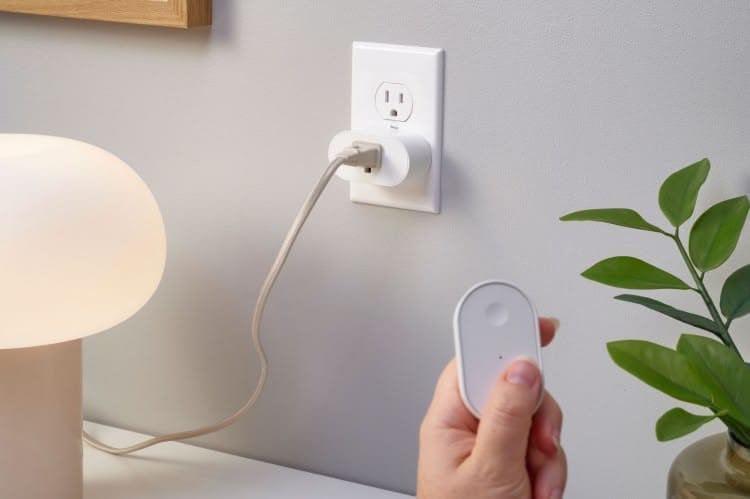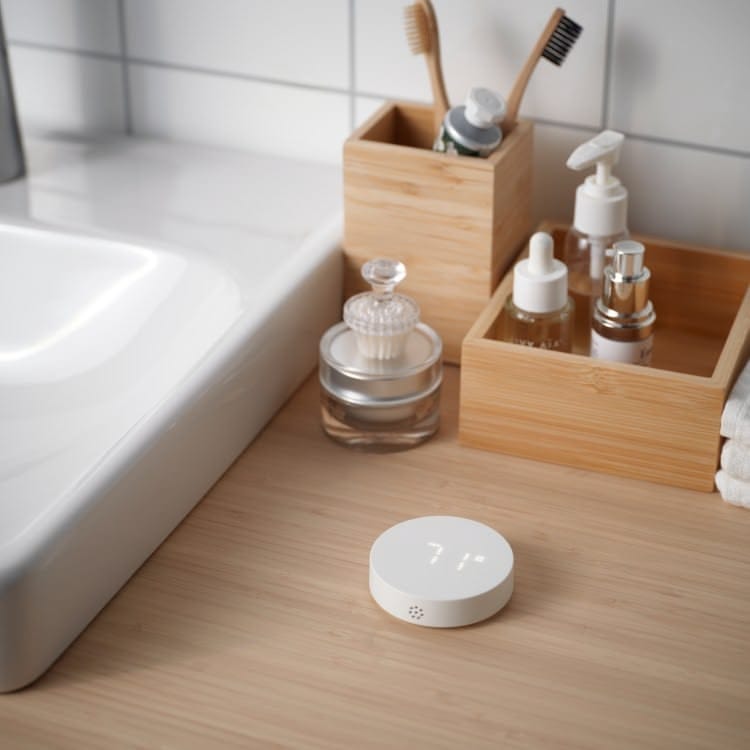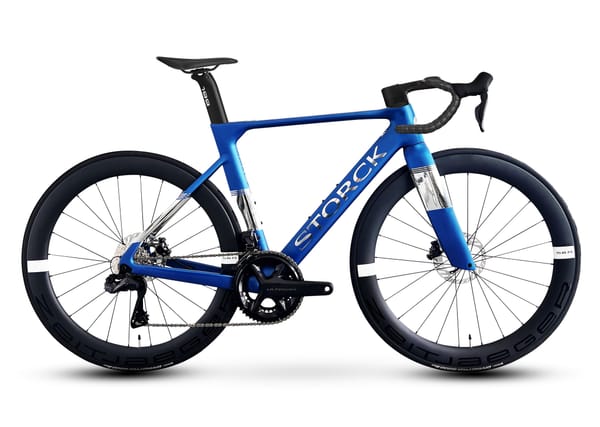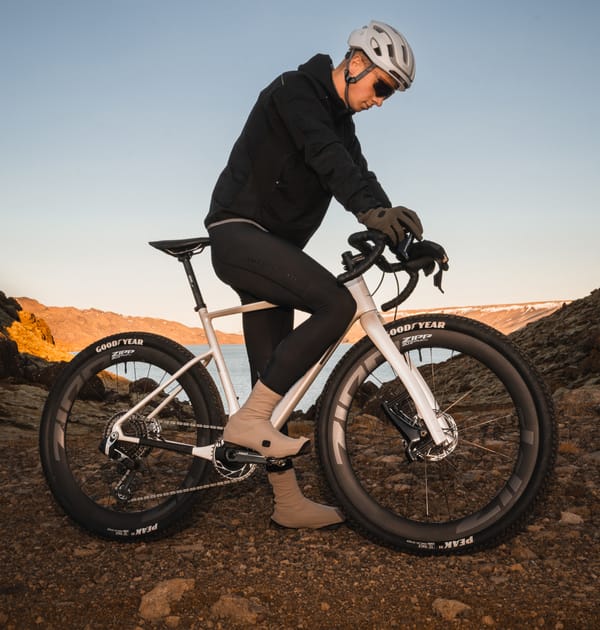Matter, Thread, and Meatballs: Ikea Just Fixed the Smart Home
Ikea's new line of ultra-affordable Matter-over-Thread devices isn't just another product launch. It's a massive, thoughtful bet that could finally fix the smart home for everyone.

For years, I’ve been messing around with my smart home.
The promise has always been grand—a "Jetsons" future of effortless convenience, where your home anticipates your needs. The reality, however, has been a frustrating mess of competing standards, walled gardens, and digital junk drawers full of single-purpose apps. Do I need the Google app, the Apple Home app, the Amazon Alexa app, or the proprietary app from the lightbulb manufacturer just to turn on a lamp?
It’s been a high-friction, high-cost hobby for enthusiasts, not a practical solution for everyday life. I’ve lost count of the number of times I’ve looked at a cool new gadget, only to sigh at the "hub required" or "works only with..." disclaimer.
That's why the news from Ikea this week feels different. It doesn't just feel like a product launch; it feels like a genuine, seismic shift.
Ikea just announced a complete relaunch of its smart home lineup—21 new products, including bulbs, sensors, and remotes. But this isn't just an update. They are going all-in on Matter-over-Thread. And the prices are so low they look like typos.
We’re talking smart bulbs starting at £4 and a new, colorful remote control for just £3.
This is the moment the smart home stops being a complicated tech-nerd pursuit and starts being for everyone.
The Price That Changes Everything
Let's start with the most disruptive part: the price. A remote control for roughly $4. A motion sensor, a water sensor, or a door/window sensor for less than £10. The new flagship indoor air quality sensor, which monitors CO2, particles, temperature, and humidity—and also functions as a clock—is set for £25 (about $33).

To put that in perspective, Amazon’s equivalent IAQ monitor is $70. A single button from a premium brand can be $25.
Ikea isn't just lowering the barrier to entry; it’s bulldozing it. At these prices, adding "superpowers" to your home, as Ikea’s team puts it, isn't a major financial decision. It’s an impulse buy. You can grab a few sensors and a remote while you're picking up a new set of towels. This democratization of the smart home is a huge deal, but it's only half the story.
The other half is why it's suddenly this simple.
Matter and Thread: The "Why" That Really Counts
For the past few years, the tech world has been slowly, painstakingly building a solution to the walled-garden problem. That solution is Matter, a new standard that acts as a common language for all smart home devices. If a device supports Matter, it doesn't care if you're using Apple Home, Google Home, Amazon Alexa, or Samsung SmartThings. It just works.
Underpinning Matter for many low-power devices is Thread, a wireless protocol that creates a self-healing mesh network. Unlike Wi-Fi, which can get congested, or Bluetooth, which is short-range, Thread devices talk to each other, building a robust and fast network throughout your home.

Ikea isn't just "supporting" these standards; it's rebuilding its entire ecosystem from the ground up on them. This is a massive vote of confidence.
What's more, Ikea is doing it right. Their Dirigera hub is being updated to a Thread border router (and a full Matter controller), and it's one of the first to use the new Thread 1.4 specification. This is a technical detail, but it’s crucial: it means the Ikea hub will join your existing Thread network (if you have one) rather than creating its own separate, competing one. This is the very essence of interoperability—playing nice with others to build one single, stronger, more reliable home network.
It's Still Ikea: Simple, Thoughtful, and... Backward-Compatible?
This is what makes this launch so brilliant. It’s deeply technical under the hood, but on the surface, it’s just pure, simple Ikea.
The new Bilresa remotes? They come in colors. Not just sterile tech-white, but green, red, and beige, so you can "easily identify which remote to use." One model even has a scroll wheel for dimming lights or adjusting blinds. It’s a tactile, human-centric design, not just a set of buttons.
The new air quality sensor (Alpstuga) isn't an ugly plastic box; it’s a neat little clock with a dot matrix display. The new temp sensor (Timmerflotte) is a simple button that shows you the values when you press it. This is technology designed to blend into a home, not a lab.
Perhaps most impressively, Ikea hasn't abandoned its existing customers. Even though the new products are Thread-based, they are fully backward-compatible with all the old Zigbee-based Trådfri and Fyrtur products. The new remotes can still directly control the old lights.
They’ve even kept "TouchLink," the Zigbee feature that lets you pair a remote to a bulb directly, without any hub at all.
Think about that. You can buy a £4 bulb and a £3 remote, pair them in seconds, and you have a smart, dimmable light. You don't need a hub, an app, or even a Wi-Fi password. It’s a $7 smart home starter kit. And later, if you do want to add a hub to connect it to your phone and set schedules, you can. It’s an on-ramp that respects simplicity first.
This entire launch is a masterclass in practical, thoughtful product design. It's affordable, it’s interoperable, it’s backward-compatible, and it works at the simplest possible level while having a high ceiling for expansion.
For the first time, the smart home feels less like an intimidating, fragmented, and expensive hobby and more like a simple, affordable, and useful part of a home. And it took a furniture company to finally make that happen.





